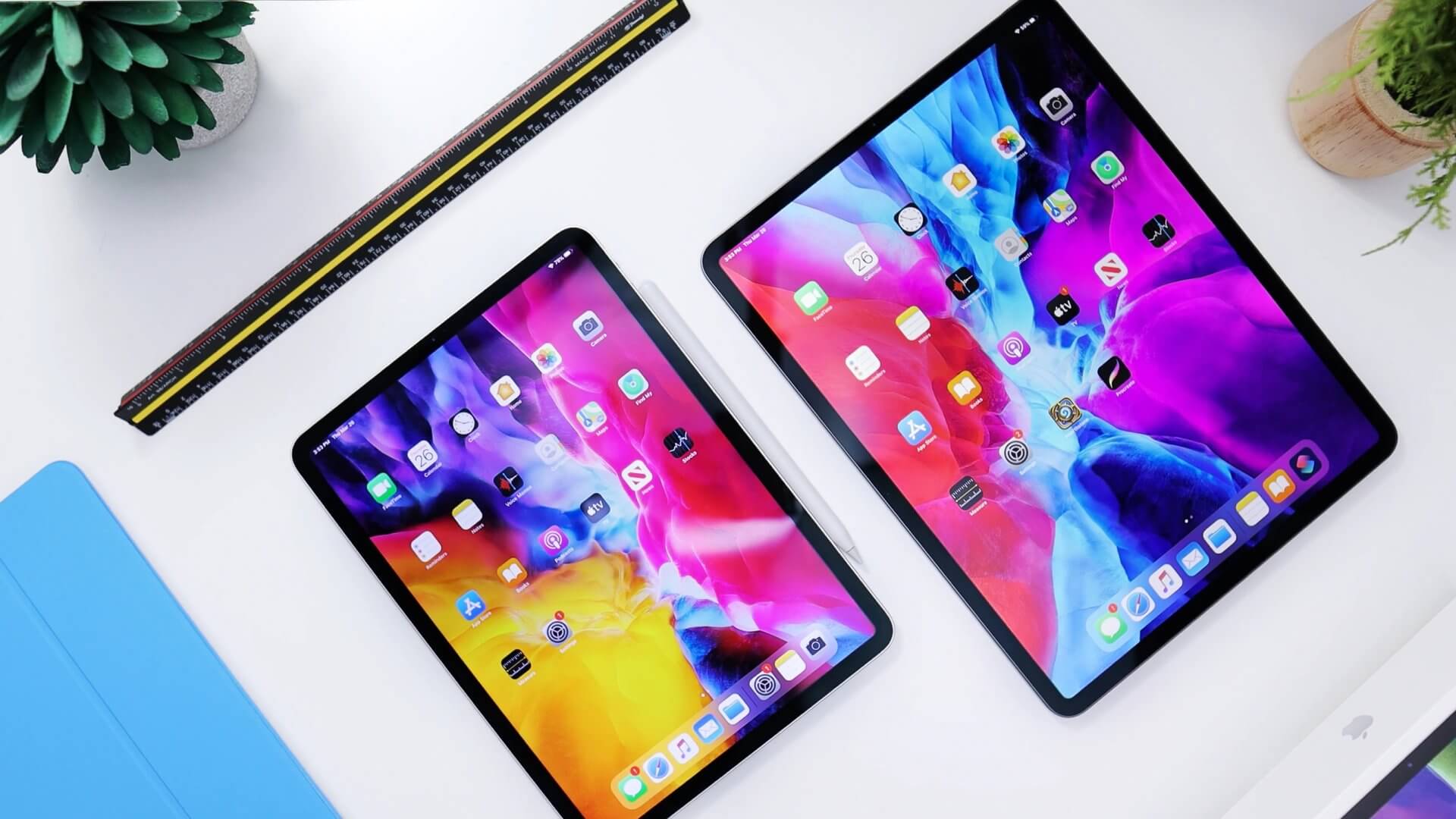Introduction
The rapid advancement of technology has continuously reshaped the way we consume media, and one of the most significant transformations in recent years has been the rise of streaming technology. Streaming has revolutionized entertainment, communication, and even business operations, providing instant access to content across the globe. Whether it is movies, music, live events, or gaming, streaming technology has changed traditional consumption patterns and is now an indispensable part of modern life.
The Evolution of Streaming Technology
Streaming technology dates back to the early 1990s when the internet began gaining widespread adoption. In its infancy, limited bandwidth and slow internet speeds hindered its development. However, with the growth of broadband and fiber-optic networks, streaming has evolved into a seamless, high-quality experience. Platforms like YouTube, Netflix, Spotify, and Twitch have leveraged streaming to revolutionize their respective industries, pushing traditional media such as DVDs, CDs, and cable television toward obsolescence.
The Impact of Streaming on Entertainment
1. Video Streaming: The Rise of On-Demand Content
The traditional television model, which relied on scheduled programming, has been replaced by on-demand streaming services like Netflix, Amazon Prime Video, Hulu, and Disney+. These platforms offer vast libraries of content that users can watch anytime, anywhere. The ability to binge-watch entire seasons of TV shows and enjoy personalized recommendations has given consumers more control over their viewing experiences.
Live streaming has also gained popularity, allowing users to watch concerts, sports events, and news broadcasts in real-time. This has led to a decline in cable TV subscriptions and a shift toward digital platforms for entertainment consumption.
2. Music Streaming: A Shift from Ownership to Access
The music industry has undergone a significant transformation due to streaming services such as Spotify, Apple Music, and Tidal. Gone are the days when people purchased individual songs or albums; instead, they now subscribe to services that provide access to millions of tracks on demand. This model benefits both consumers and artists, as it allows for instant global distribution and audience engagement.
3. Gaming and eSports: The Future of Interactive Entertainment
The gaming industry has been significantly impacted by streaming technology. Services like Twitch and YouTube Gaming have created a new form of entertainment where players can live-stream their gameplay to millions of viewers worldwide. Additionally, cloud gaming services like Google Stadia, NVIDIA GeForce Now, and Xbox Cloud Gaming allow users to play high-quality games without the need for expensive hardware.
The Broader Influence of Streaming Technology
1. Education and E-Learning
Streaming technology has revolutionized education by making knowledge more accessible. Platforms like Coursera, Udemy, and Khan Academy provide video-based courses that learners can access at their convenience. Universities and schools have also adopted streaming for virtual classrooms, making education more flexible and inclusive.
2. Business and Corporate Communication
In the corporate world, streaming technology has facilitated remote work and global collaboration. Video conferencing tools such as Zoom, Microsoft Teams, and Google Meet have become essential, enabling businesses to conduct virtual meetings, training sessions, and webinars seamlessly.
3. Healthcare and Telemedicine
Streaming technology has played a critical role in telemedicine, allowing healthcare providers to consult with patients remotely. This has improved access to medical care, particularly for individuals in remote or underserved areas.
Challenges and Future of Streaming Technology
While streaming technology offers numerous benefits, it also faces several challenges, including data privacy concerns, bandwidth limitations, and the environmental impact of data centers. However, advancements in 5G technology, artificial intelligence, and cloud computing are expected to enhance streaming capabilities further.
As technology continues to evolve, streaming is poised to become even more immersive with innovations like virtual reality (VR) and augmented reality (AR), enhancing user experiences across various domains.
Conclusion
Streaming technology has revolutionized the way we consume and interact with digital content. From entertainment and education to business and healthcare, streaming has become an integral part of modern life. As technology advances, the future of streaming holds even greater potential, shaping the way we connect and engage with the world around us.











No Comments